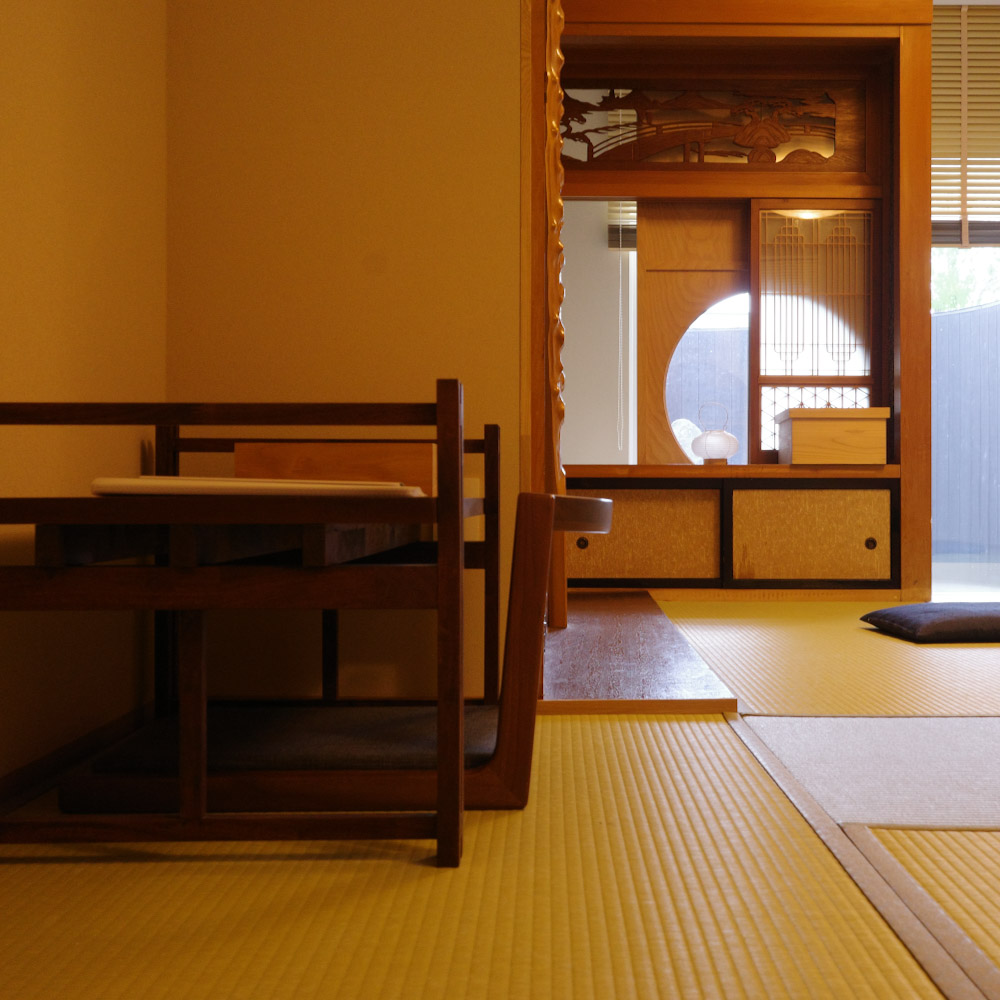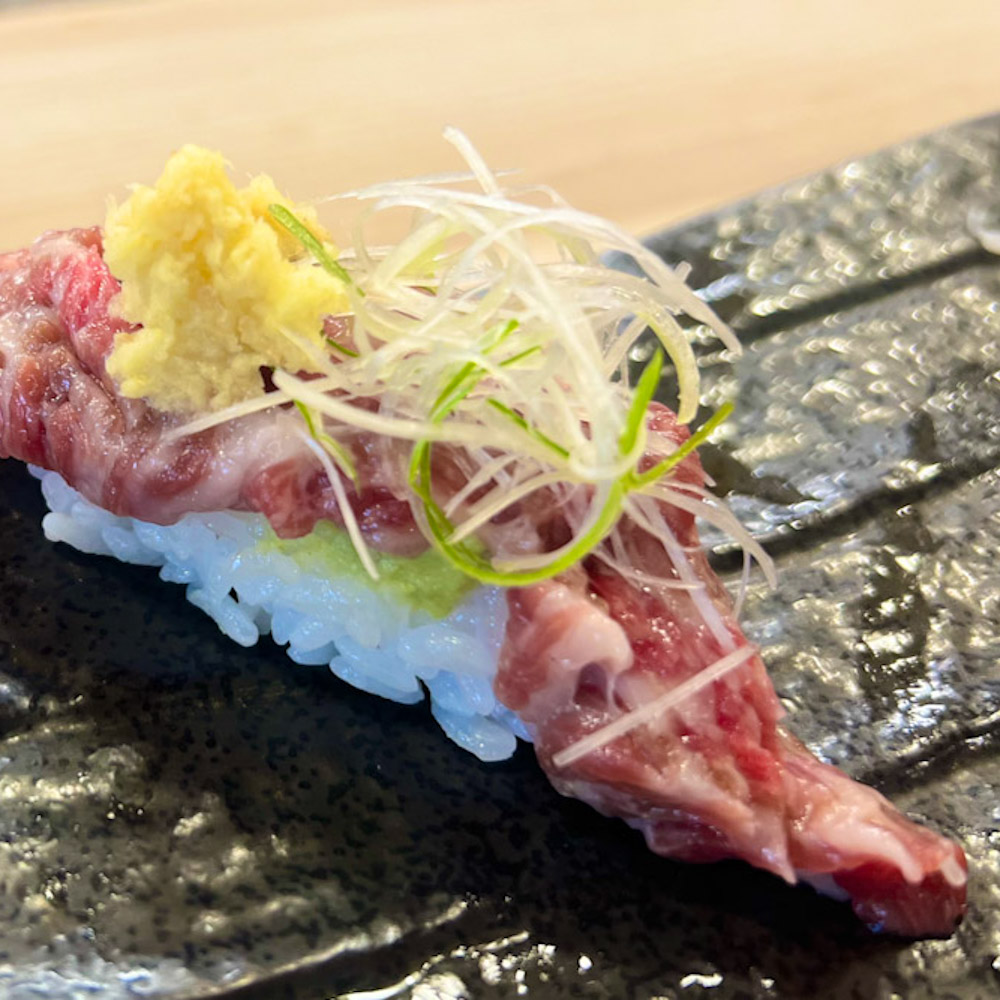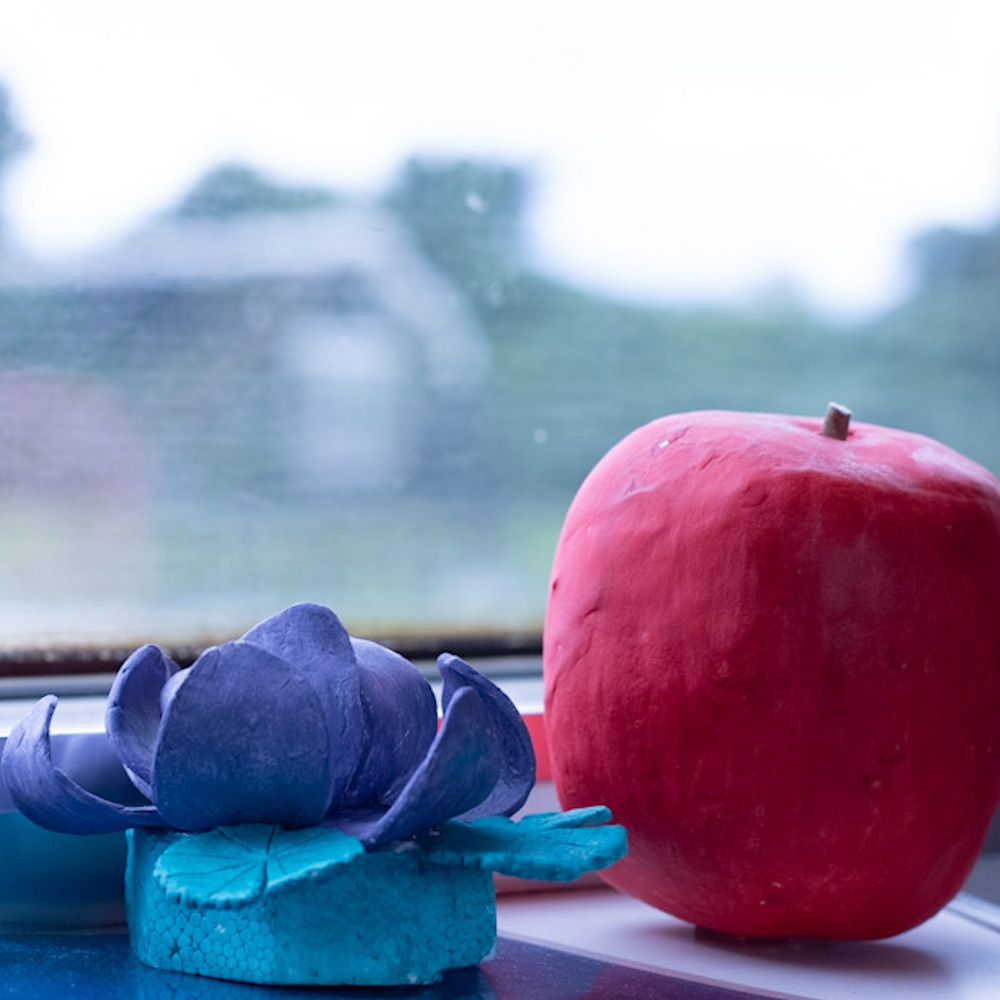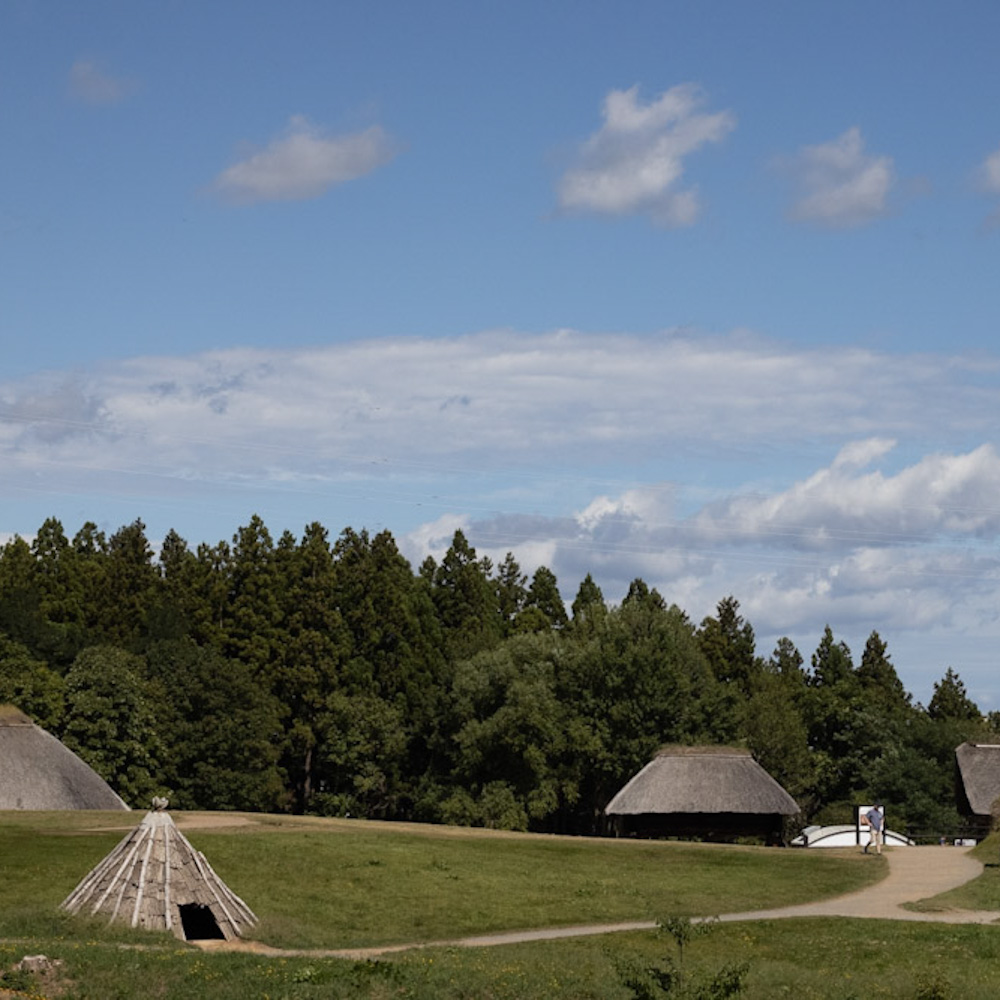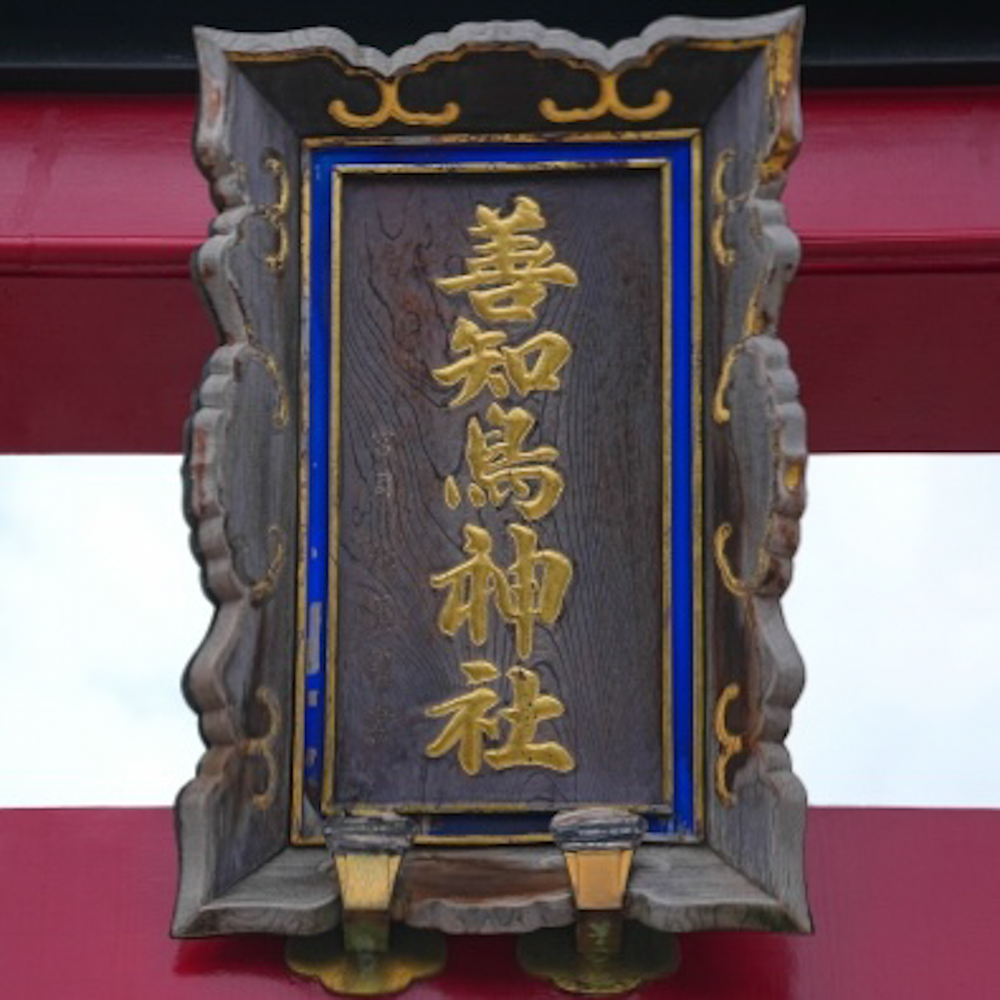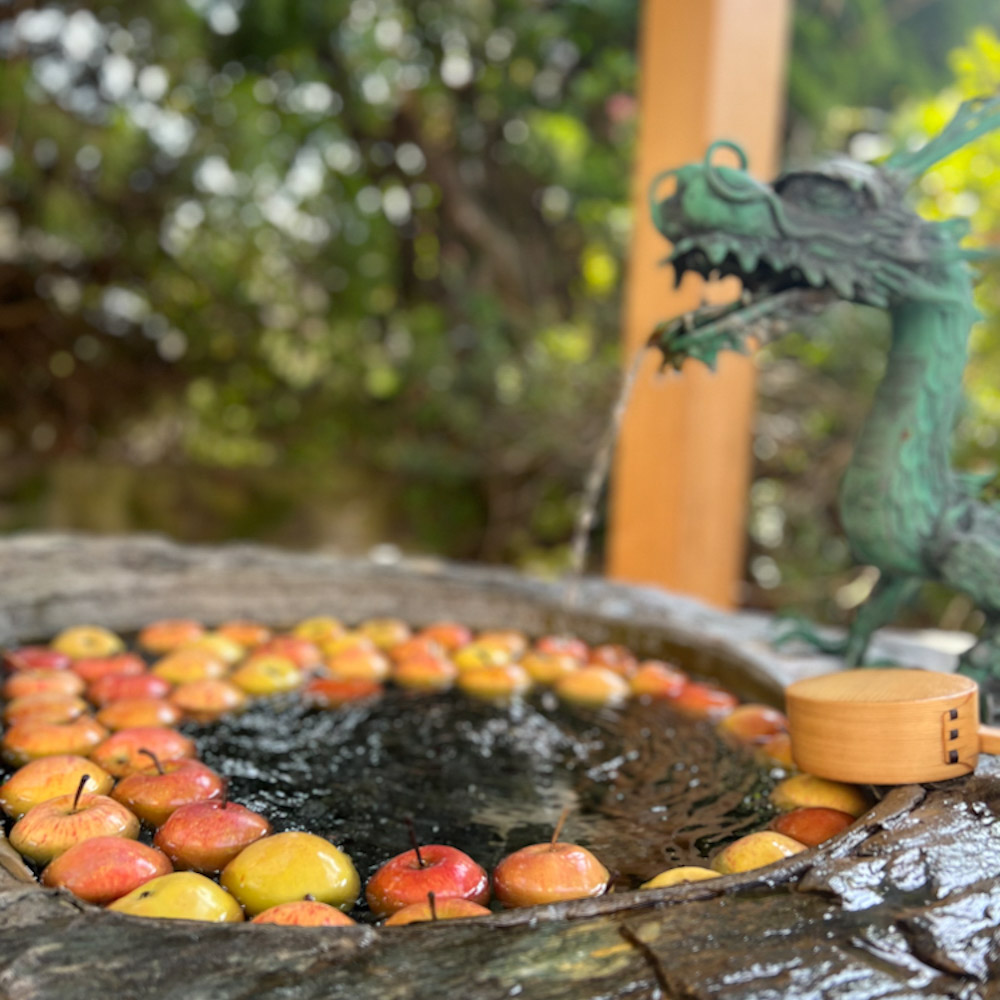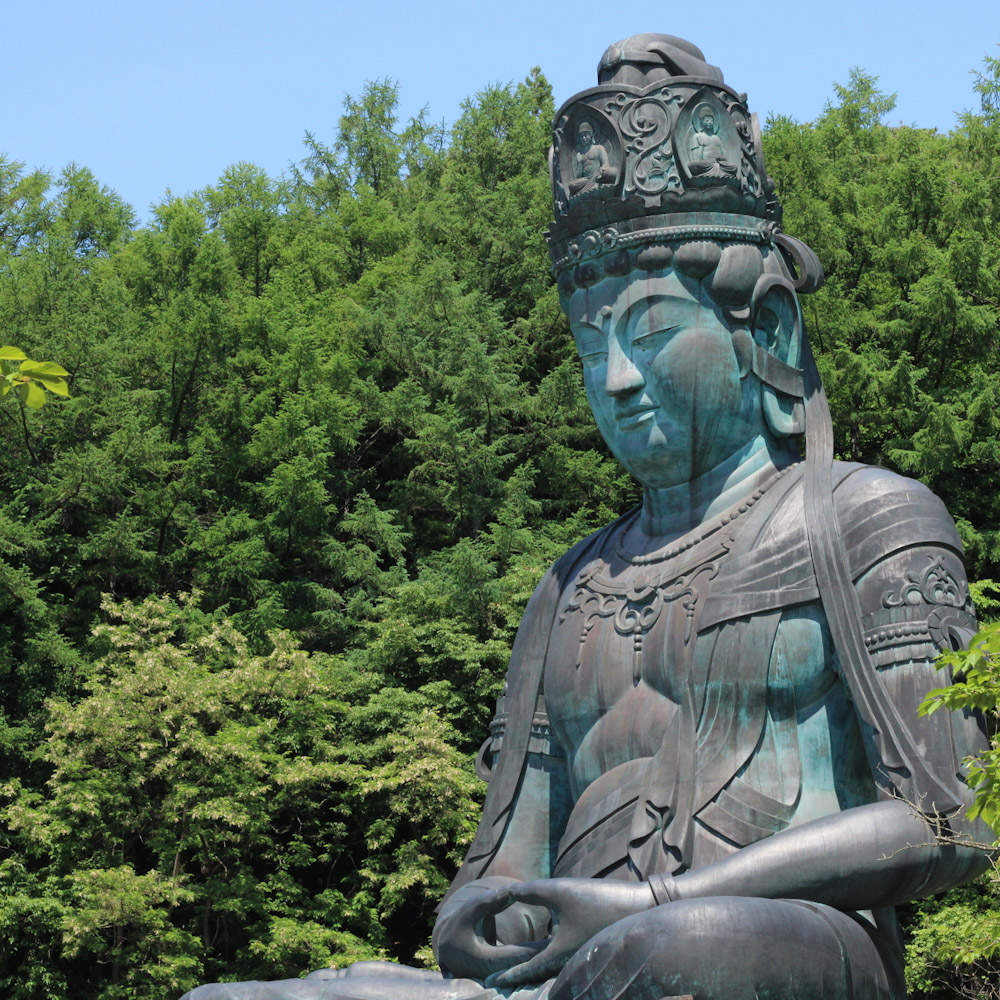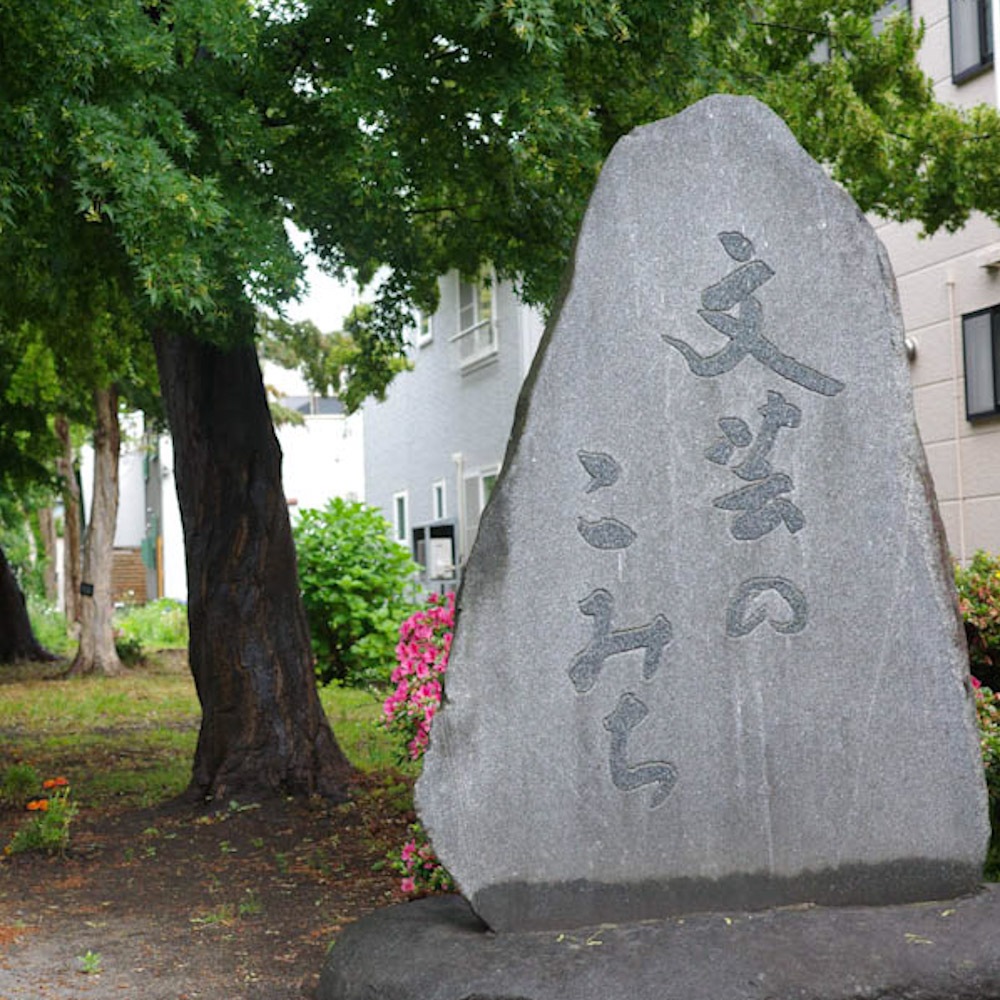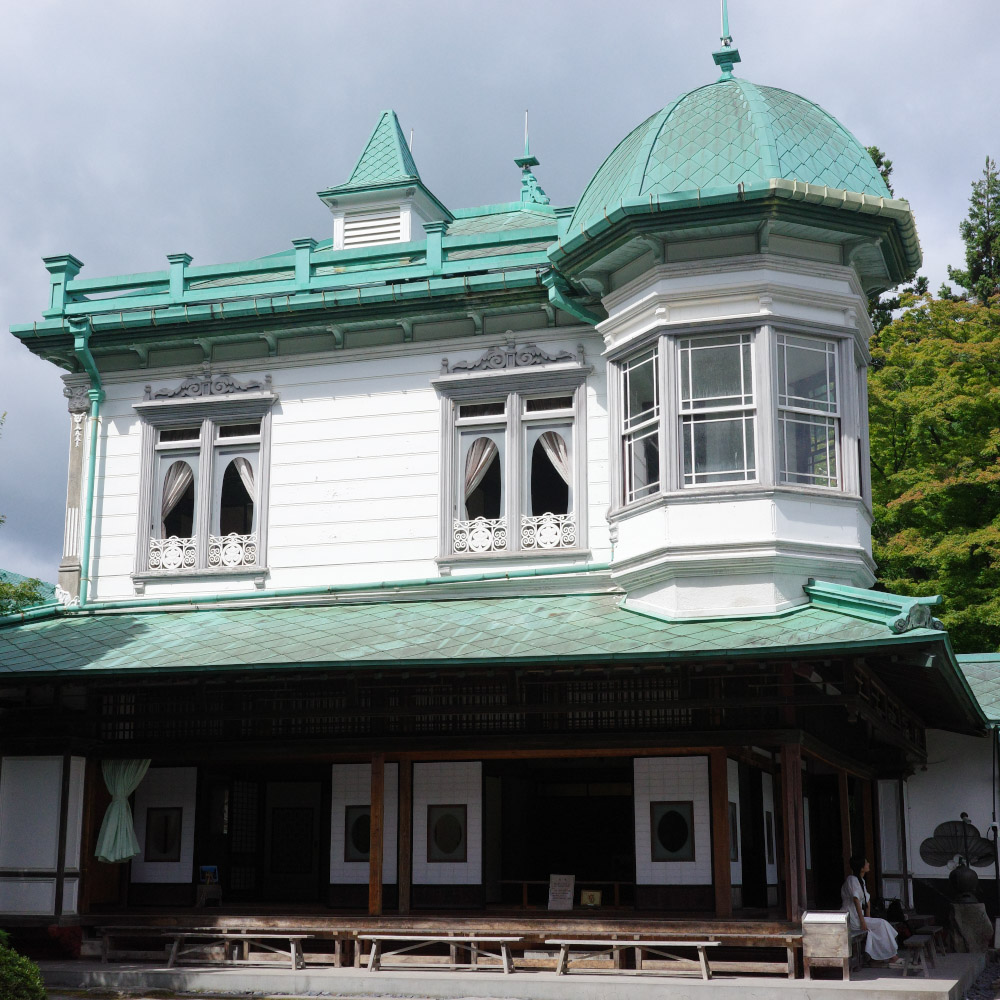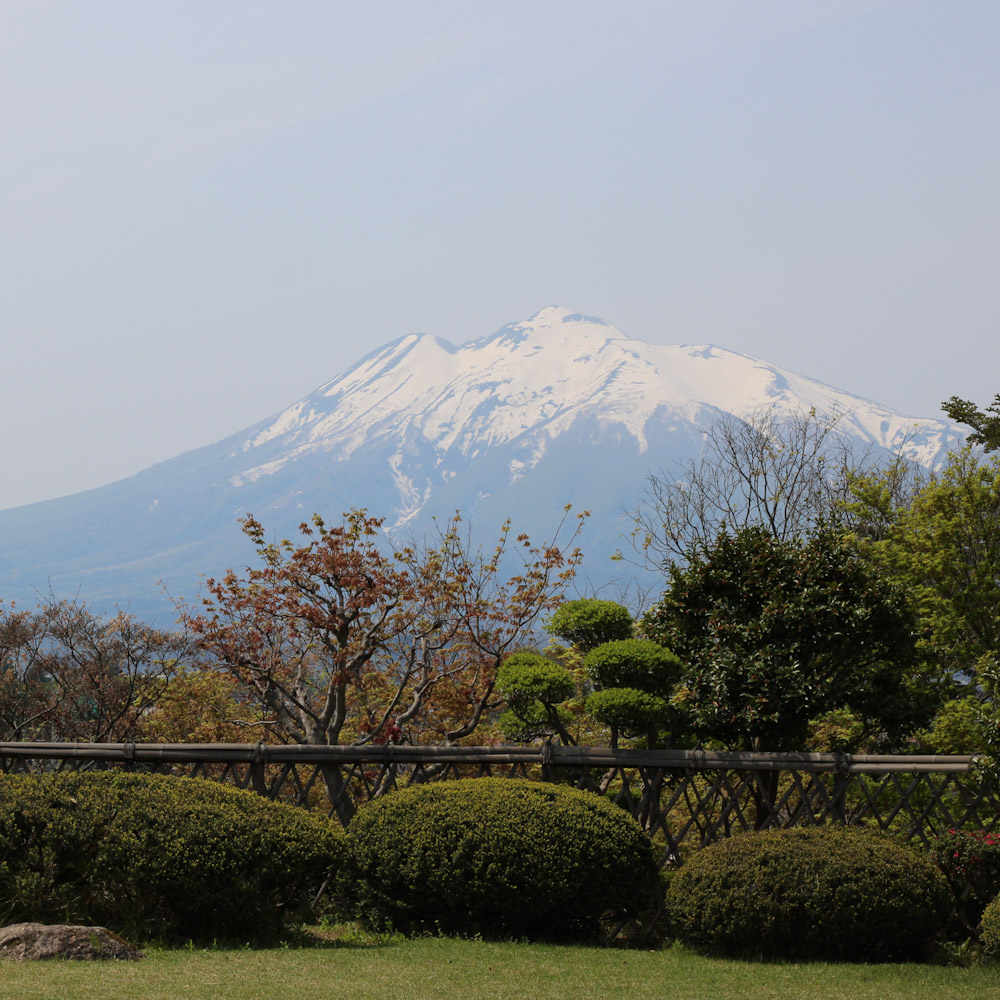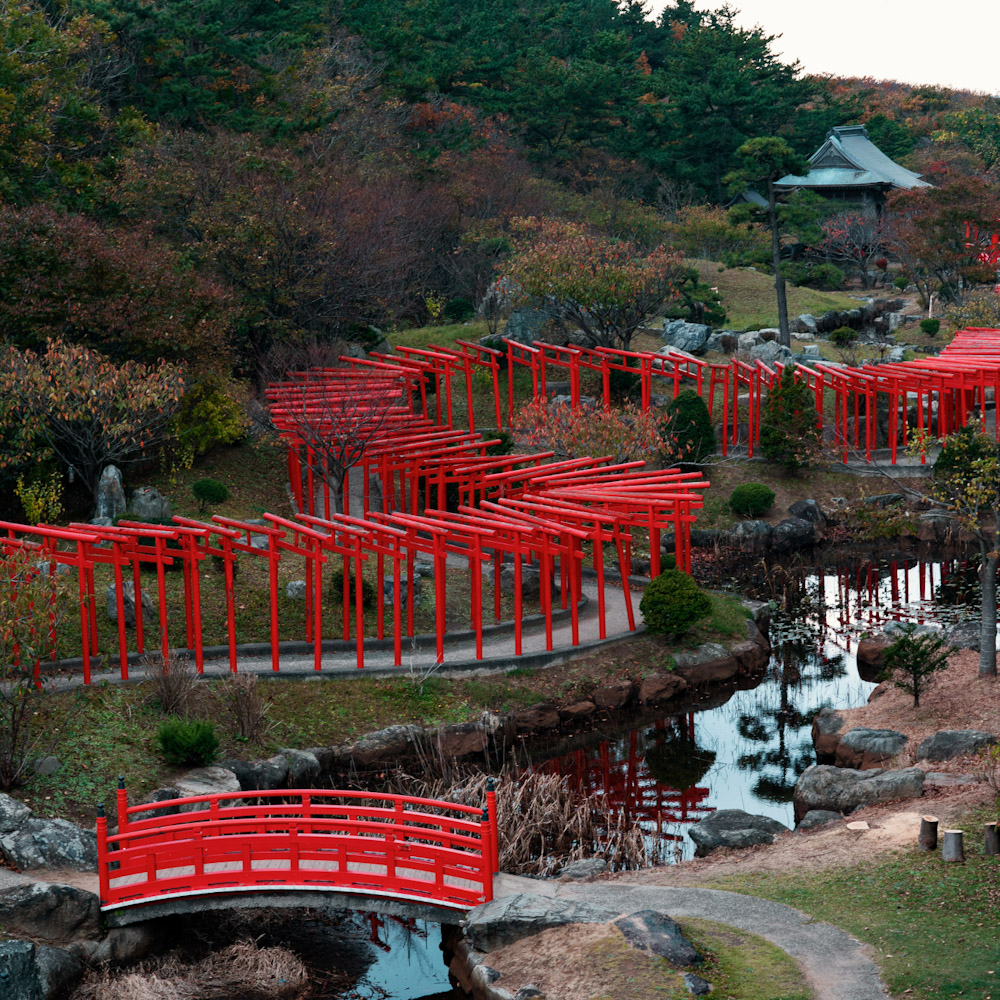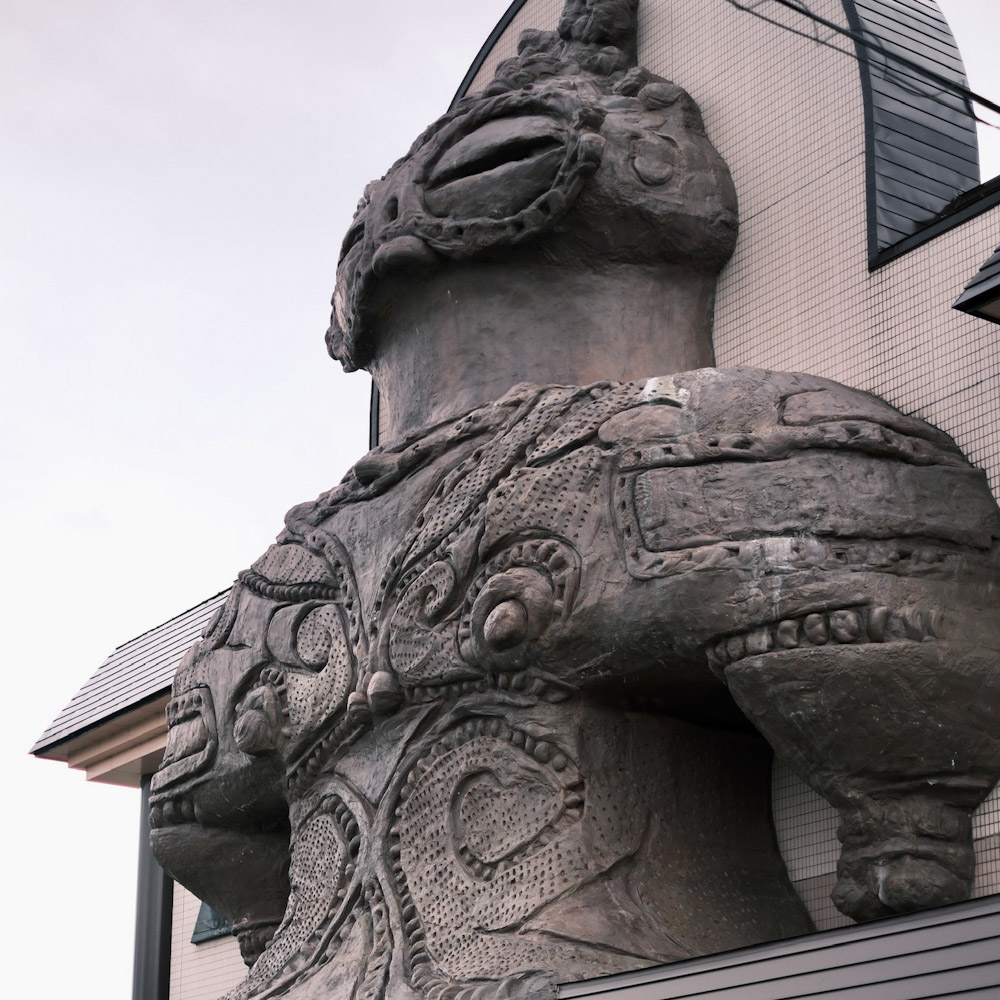Shayokan: Dazai Osamu Memorial Museum
Dazai Osamu was a great writer who left behind many masterpieces. Not only famous works such as “Ningen Shikkaku (No Longer Human),” “Shayo (The Setting Sun),” “Hashire Meros (Run, Melos!),” and “Onna Seito(Schoolgirl),” but also his later works, such as “Tsugaru” and “Kikyorai (Going Home),” have many adult fans and feature his hometown Aomori.
The current Dazai Osamu Memorial Museum, “Shayokan (The Setting Sun Hall),” was built in 1907 by his father, Tsushima Genemon, a great landowner in the Meiji era.
The museum’s exhibition room, housed in a warehouse, offers a unique opportunity for fans to get up close and personal with Dazai’s life. The museum’s collection is a treasure trove of his personal belongings, from the cloak he wore during his lifetime to his stationery, manuscripts, and letters.
Including first editions and translated foreign-language books further adds to the museum’s allure, attracting fans from all over Japan. And for those who wish to take a piece of Dazai home, the cloak can be worn for commemorative photos.
The house was built using hiba (cypress), one of Japan’s three most beautiful forests, to the rice warehouse at a construction cost of about 40,000 yen at the time. The mansion, which has 11 downstairs rooms and 118 tsubos (about 560 square meters), eight upstairs rooms, and a garden with attached buildings and a fountain, is a spectacular house with a total residential area of 680 tsubos (about 2,200 square meters) and is a hall of the great Tohoku merchants. It is a valuable wooden structure built in the Meiji era (1868-1912). It was designated a National Important Cultural Property in 2004 as a representative example of a modern Japanese-style house.
Dazai, however, described the house in his “Annals of Suffering” as follows: “This father built a terribly large house. There is nothing tasteful about it; it is just enormous. He was born and raised in the family of a landowner. We can see a little bit of the anguish of the young Dazai, who was born and raised in the family of a landowner and had only two choices: accept his fate or shun it and run away from it.
Sitting on the porch, gazing out over the courtyard, I am struck by the thought that a part of Dazai’s worldview, with all its complex emotions, was unquestionably forged in this very place.
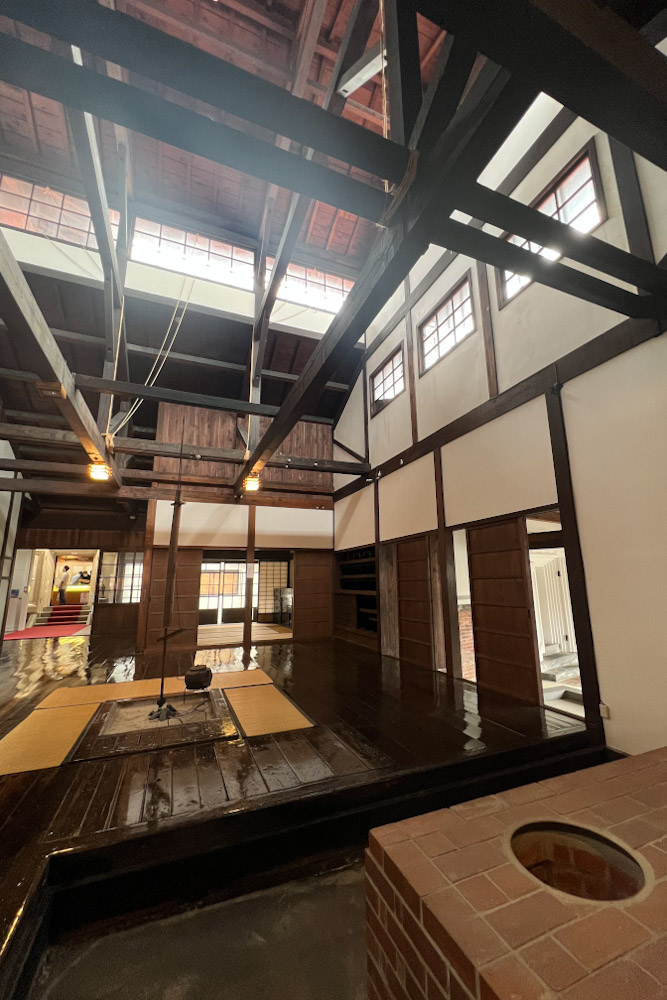
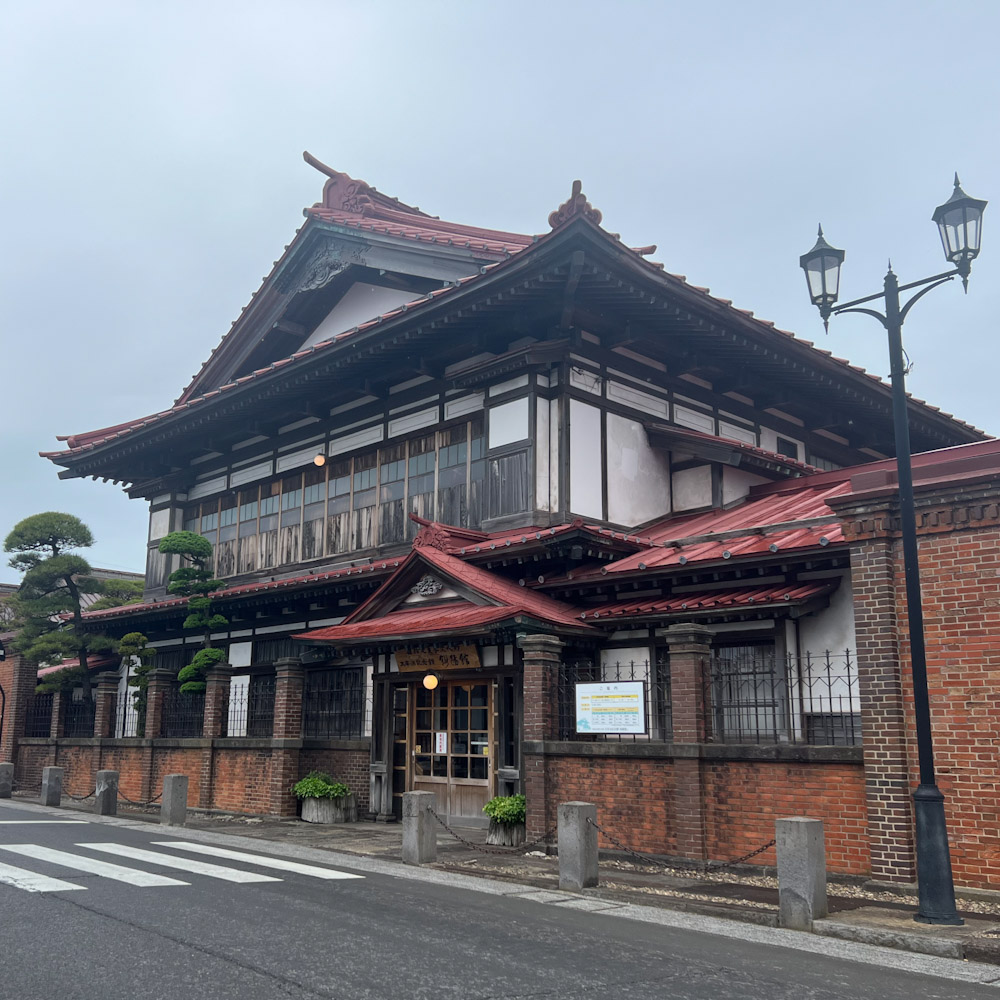
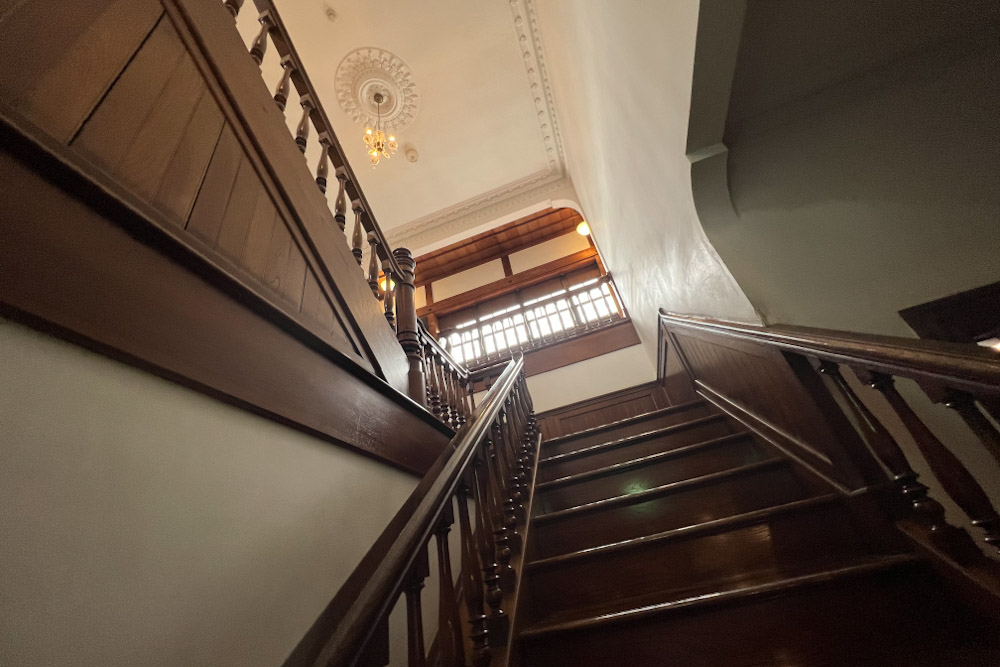
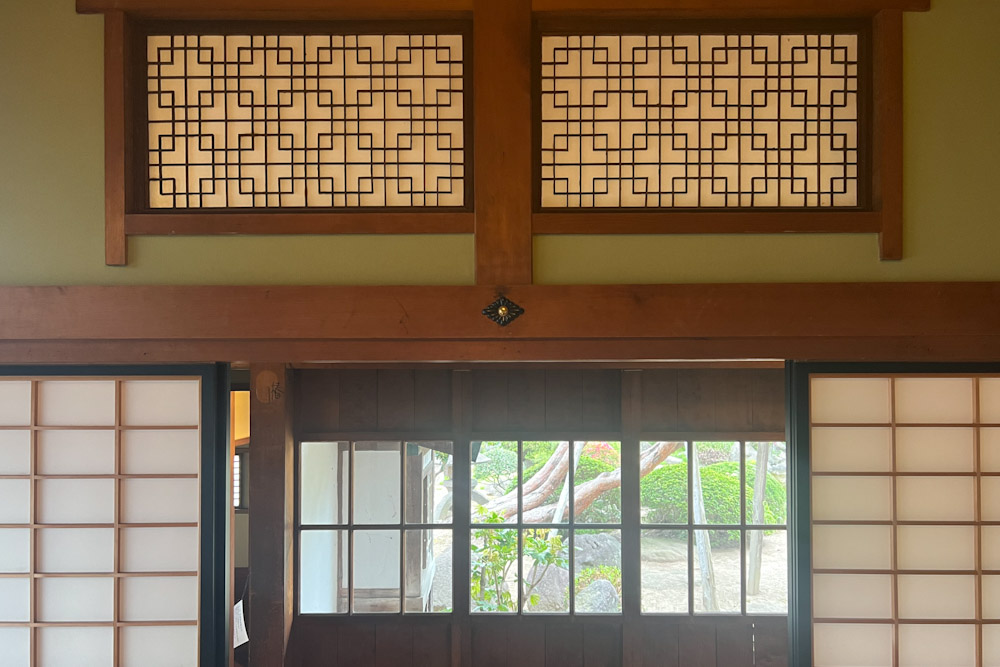
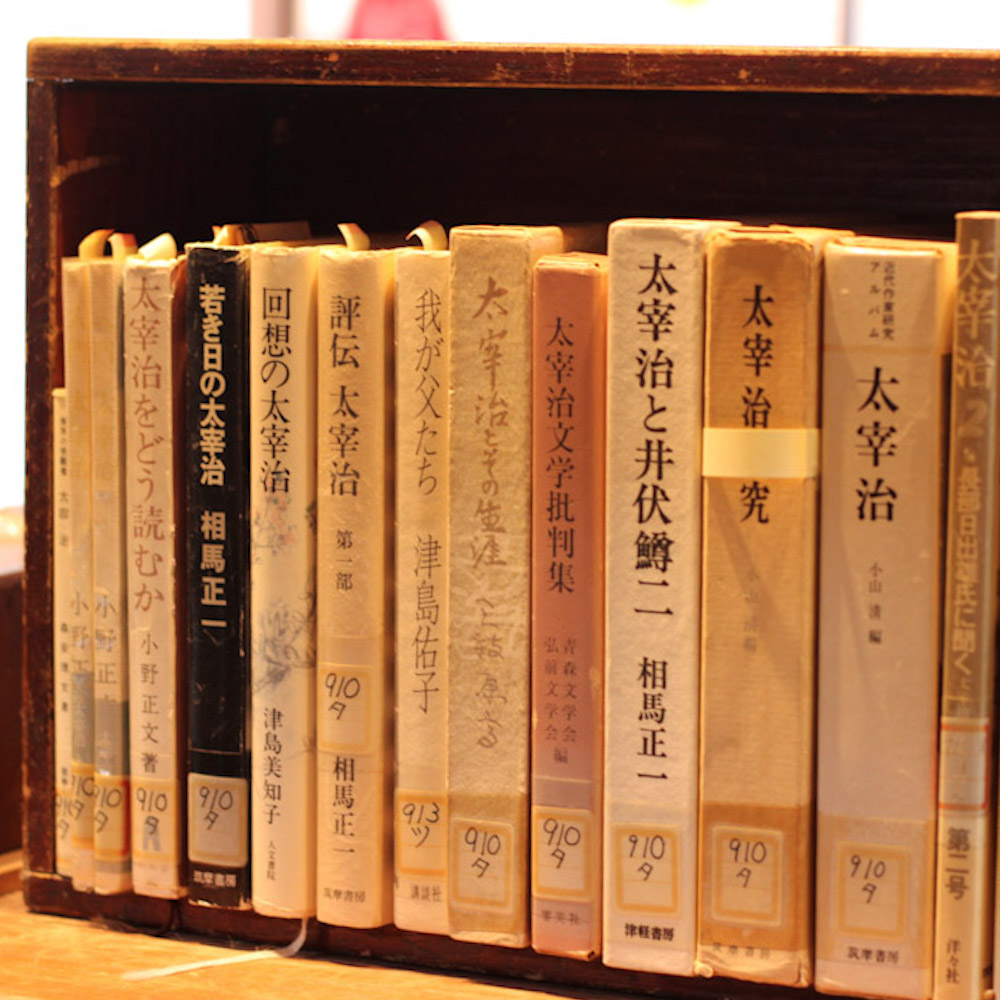
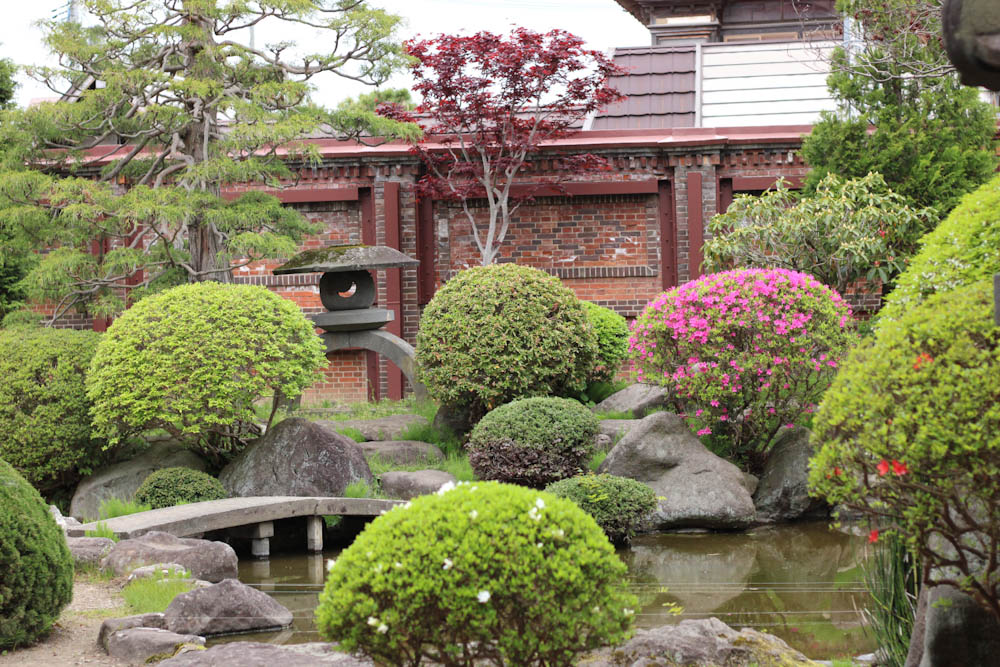
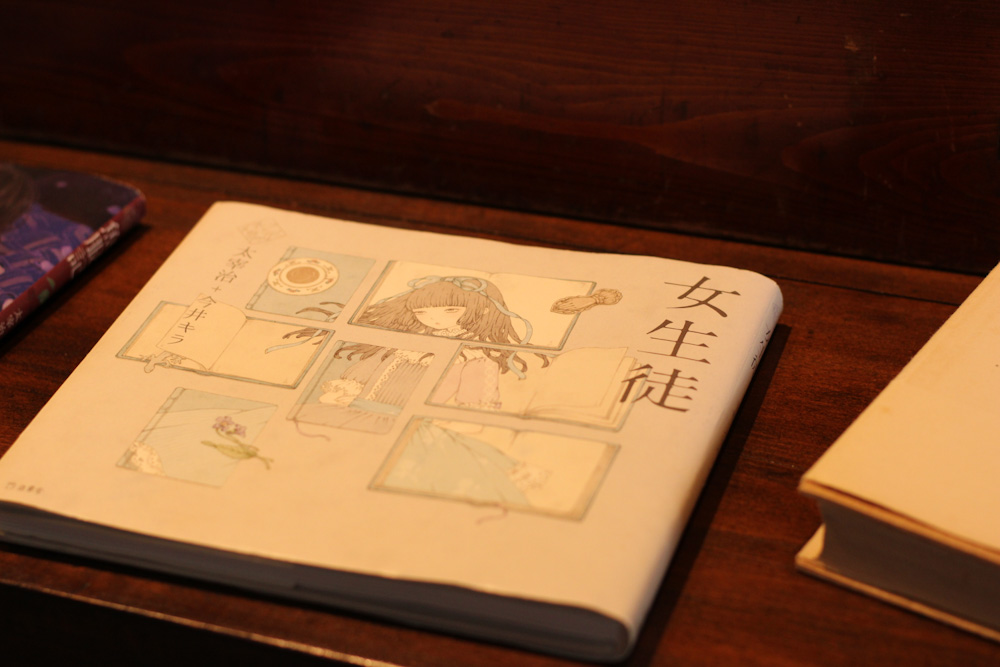
| Name | Shayokan: Dazai Osamu Memorial Museum |
| Address |
Asahiyama-412-1 Kanagi, Goshogawara, Aomori 037-0202

|
| Tel | 0173532020 |
|
Business hours |
9:00-17:00 (Last admission 16:30) Closed: 12/29 |
|
Official site |
Shayokan: Dazai Osamu Memorial Museum |


